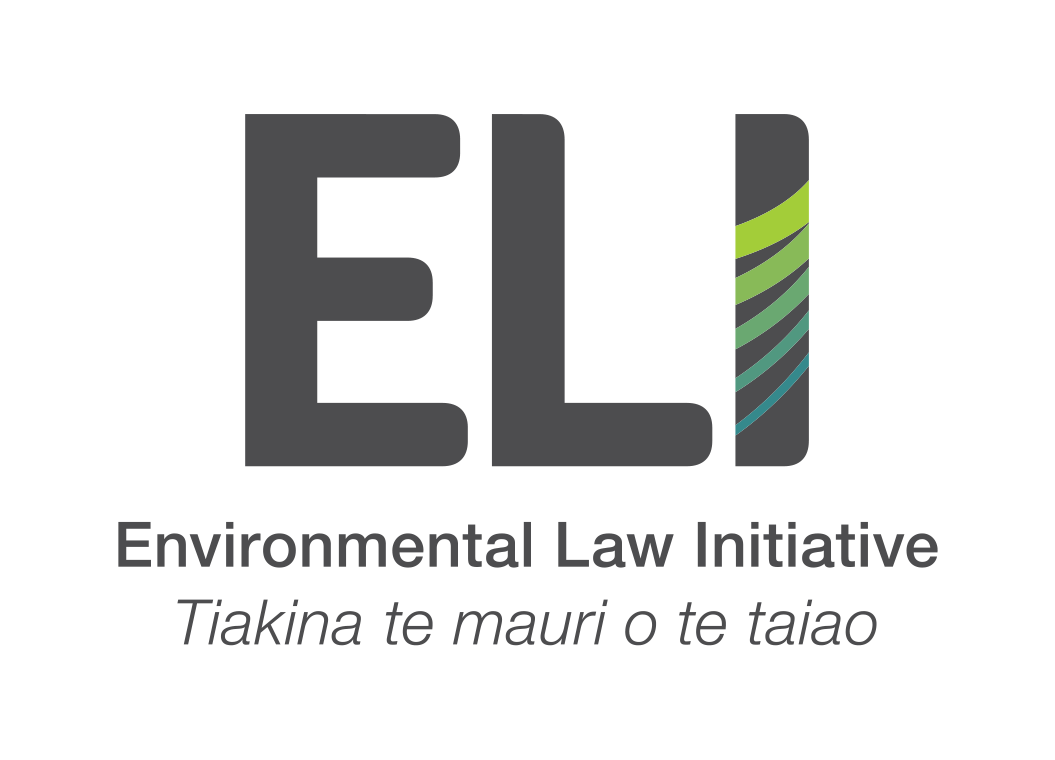Court hearing on the highly destructive effects of bottom-trawling gets underway
“What we have done to the deep ocean floor is just unspeakably awful” — David Attenborough
From the shallows to the deep, the oceans surrounding Aotearoa are among the most biodiverse on Earth. They are a taonga — and caring for them is essential.
The Environmental Law Initiative (ELI) is taking the Minister for Oceans and Fisheries to the Wellington High Court for failing to uphold the law in managing orange roughy fisheries.
“With growing international pressure to stop bottom trawling, moves by the New Zealand Government to prevent the destructive effects of this type of fishing appear to be going nowhere.
“Our case will put the Government’s failure to prevent the harmful effects of bottom trawling before the court. It is timely to say the least” says Tess Upperton, Senior Legal Advisor at the Environmental Law Initiative.
Orange roughy live in the deep ocean, gathering around seamounts — undersea mountains that provide vital habitat for many marine species. But these habitats are being destroyed by bottom trawling: a method that drags heavily weighted nets and chains across the seafloor, crushing corals, sponges, and other ancient life forms.
ELI’s case focuses on the area known as ORH3B, the country’s largest orange roughy quota management zone. Stocks there are declining, yet we don’t know how many fish are left.
In 2023, the Minister reduced the total allowable catch of orange roughy in ORH3B by 40%.
“A very strong reduction was required, but the Minister’s decision still falls well short of the ecosystem-based approach the law requires.
“The Minister failed to consider the best available information and overlooked key legal responsibilities — including the need to avoid, remedy, or mitigate the harms of bottom trawling, protect vulnerable habitats like seamounts, and manage fishing impacts at an ecosystem level,” says Upperton.
Under the previous government, Fisheries New Zealand set up a forum to discuss options to avoid, remedy, or mitigate effects of bottom trawling on the seabed. Nothing has come out of that forum. In the meanwhile, ongoing trawling has continued to significantly impact the seabed.
A recent report from the Department of Conservation shows that bycatch of protected corals is routine, with more than 13,400 recorded incidents over the past 35 years. In one of the most devastating cases, a bottom trawler fishing on the Chatham Rise hauled up six tonnes of protected stony coral in a single tow — the worst recorded incident of coral destruction in New Zealand waters in over a decade. These reef-building corals are the foundation of deep-sea ecosystems and can live for thousands of years. One specimen of Desmophyllum coral from the Tasman Sea was dated at over 4,200 years old — older than the Great Pyramids.
Public awareness of New Zealand’s destructive fishing practices is growing. The elusive, deep-sea-dwelling orange roughy even captured national attention this year, coming in second in the Aotearoa Fish of the Year competition — just behind the infamous blobfish.
“We have a responsibility to protect the extraordinary biodiversity that surrounds us in Aotearoa.
In particular, the Minister needs to abide by the law, which requires them to avoid, remedy, and mitigate the effects of trawling on our oceans.

